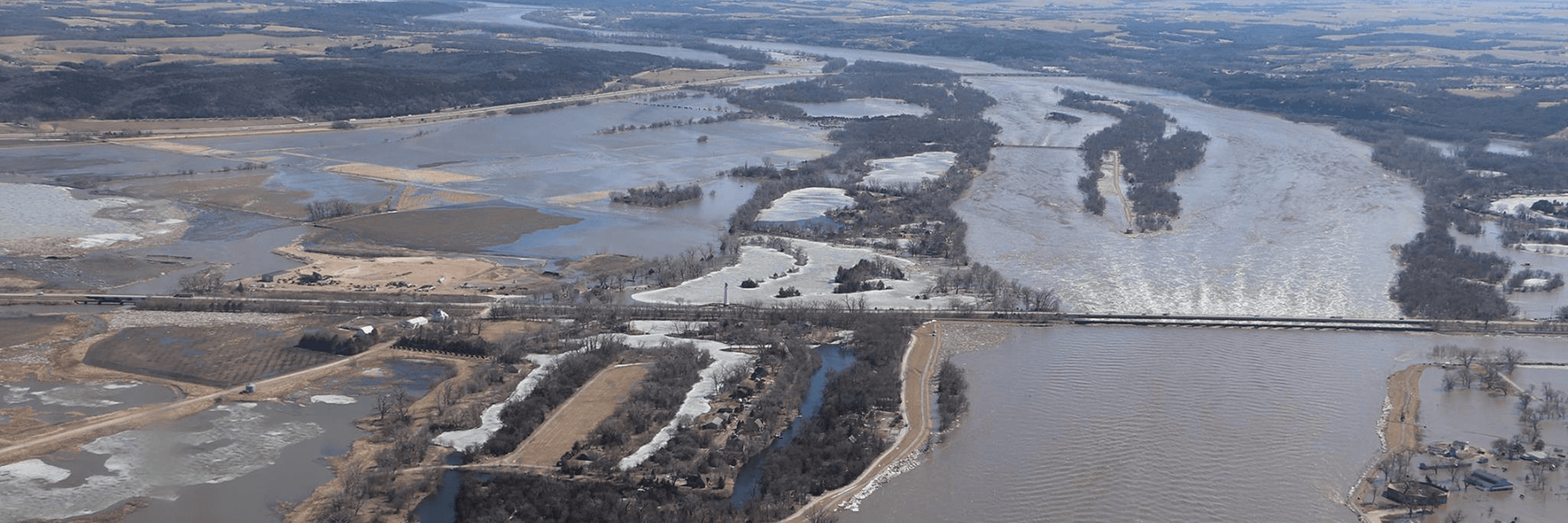Identifying preconditions to help accurately forecast extreme winter precipitation over the U.S.

Precipitation in the contiguous United States during the winter of 2019 was the greatest in a historical record dating to 1895. December 2018 to February 2019 precipitation was especially extreme in areas of land where the Mississippi and Missouri Rivers drain. Major flooding immediately followed, leading to 12 deaths and $20 billion in estimated losses. Given the prolonged and severe effects that can be triggered by extreme wet winters, NOAA and CIRES researchers from the Physical Sciences Laboratory explored the physical factors that made such events more likely, with the goal of better predicting them and their consequences on seasonal time scales.
The researchers used models and observations to determine the effect of slow-varying conditions that may lead to practical forecast skill for extreme wet winters. Atmospheric models indicate that sea surface temperatures during strong eastern Pacific El Niño events like those that occurred in 1983 and 1998 can drive extreme wet winters over the contiguous United States. This study, to be published in the journal Weather and Climate Extremes, found that preconditioning risk factors for 2019 were weak or absent and offered little practical early warning.
Atmospheric models indicate that sea surface temperatures during strong eastern Pacific El Niño events like those that occurred in 1983 and 1998 can drive extreme wet winters over the contiguous United States. The shift to wetter conditions during strong El Niño events leads to a fivefold increase in the probability of wet winters of the magnitude observed in 2019. On longer timescales, observations indicate contiguous U.S. winter precipitation has increased over the last century. While increasing the risk of extreme wet winters such as 2019, this effect is a limited source of predictability during any particular winter. In 2019, ongoing weak central Pacific El Niño that winter did not significantly alter the risk of the wetness, so the extreme 2019 conditions were not a seasonal forecast of opportunity.
Though contiguous U.S. precipitation in winter 2019 was practically unpredictable in advance of the season, the researchers’ analysis indicates that very strong eastern Pacific El Niño events provide a “window of opportunity” for early warning of such events. Since these types of El Niño events occur infrequently, researchers can capitalize on their presence and leverage this information to enhance precipitation prediction skill.
Hoell, Andrew, Martin Hoerling, Jon Eischeid*, and Joseph Barsugli* (September 2021): Preconditions for extreme wet winters over the contiguous United States. Weather Clim. Extremes, 33, 100333, https://doi.org/10.1016/j.wace.2021.100333. (PSL authors bolded; *CIRES)
Posted: September 2, 2021